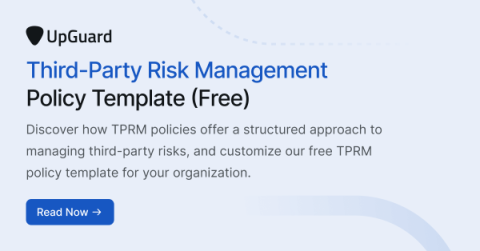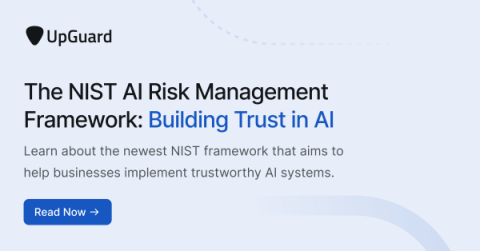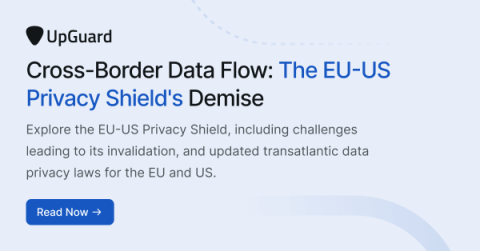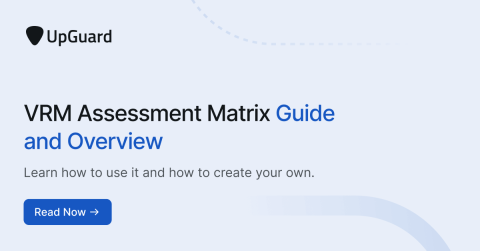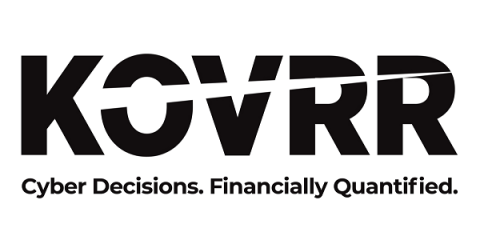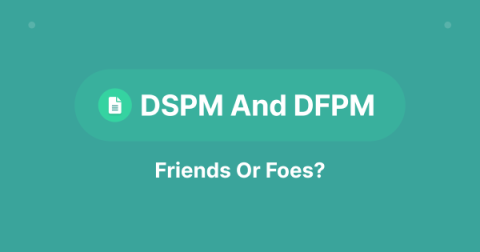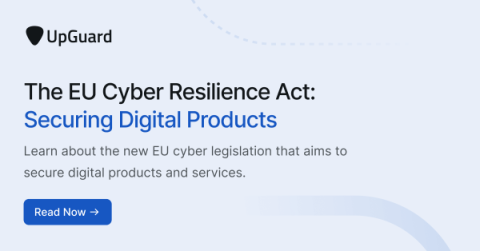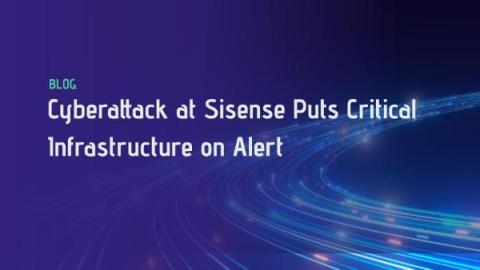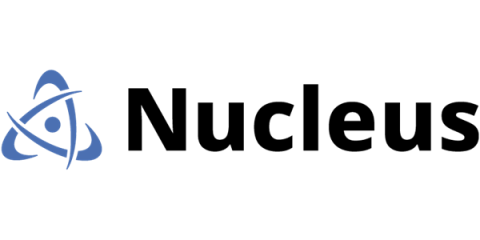Third-Party Risk Management Policy Template (Free)
Organizations commonly rely on third parties such as vendors, suppliers, and other business partners to handle critical operations. While third-party relationships can provide many benefits, they also introduce a range of risks that can threaten data security, compliance, and business continuity. Therefore, it's crucial to recognize and manage these risks with a robust Third-Party Risk Management policy.


